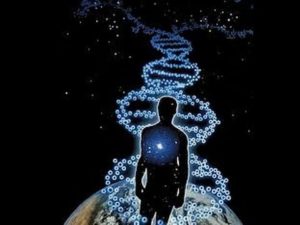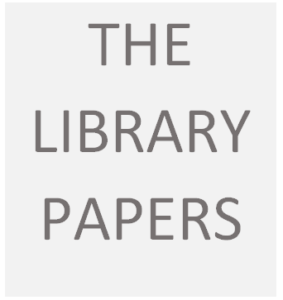3.6 Information Texts
Journal Entry 6
The point made by Young, Moss and Cornwell in ‘The Classroom Library: A Place for Nonfiction, Nonfiction in Its Place,’ is well-taken: students need to engage with nonfiction genres, which represent 84% of adult, real world text (p 2) just as much as they do with fiction. In fact, it is important that students develop a comfort with nonfiction in our science and technology focused culture: even if they do not themselves become scientists they will need to be familiar with scientific methods and current scientific research to adequately fulfill their roles as citizens who participate in democratic decision making processes. Nonfiction should be understood to include quasi-narrative forms like autobiography and historical recounts, but also material which is more purely focused on harder science.
For older students, there is a growing number of award-winning books on highly specialized  topics in science and technology written for a popular audience. I think these books might be of interest to students with a strong interest in these areas and who don’t care much for reading fiction, but with support, they could also be introduced to students who don’t have such an interest, yet.
topics in science and technology written for a popular audience. I think these books might be of interest to students with a strong interest in these areas and who don’t care much for reading fiction, but with support, they could also be introduced to students who don’t have such an interest, yet.
I like Young, et al.’s suggestion to create collections of books that include both fiction and non-fiction, not just for elementary classrooms, but in libraries for students at all levels, including secondary. I would display the secondary science books I’ve listed below alongside related works at various reading levels, and related fiction material.
I’ve selected the ones below because they cover a  broad spectrum of science topics: astrophysics, organic chemistry, evolutionary biology, artificial intelligence, and cultural anthropology. I have included them here because I think for many students, high school might be the only opportunity they have to learn about these ideas. But even though I have selected them based on their writing quality and/or the availability of other media formats, I suspect most students would still need scaffolding to get through them.
broad spectrum of science topics: astrophysics, organic chemistry, evolutionary biology, artificial intelligence, and cultural anthropology. I have included them here because I think for many students, high school might be the only opportunity they have to learn about these ideas. But even though I have selected them based on their writing quality and/or the availability of other media formats, I suspect most students would still need scaffolding to get through them.
This suggests to me that there is a need to teach this material at the secondary level, using many of the same approaches used to teach literature—close reading, comprehension exercises, discussion, transformative responses, etc. Although I’m not sure how it would fit into the curriculum—possibly as an elective for interested students?
Even young children appreciate non-fiction, as Nell Duke (2003) points out. Informational texts can be seen as purely providing information, but they are often interactive or require more participation on the part of readers, and they often appeal to students who don’t care for pure narrative. I have chosen the books below because they lend themselves to active responses. While there is a role for pure information, I think one way to help children establish strong connections with books, and to understand how they are useful sources of information, is through interacting with them.
Works Cited (Click Here)
Works Cited
Browne Anthony. The Shape Game. London, Picture Corgi, 2011.
Donald, Merlin. A Mind so Rare: the Evolution of Human Consciousness. New York, W.W. Norton & Company, 2015.
Dormehl, Luke. Thinking Machines: the inside Story of Artificial Intelligence and Our Race to Build the Future. London, WH Allen, 2016.
Duke, Nell K. “Information Books in Early Childhood.” National Association for the Education of Young Children, 2003, pp. 1–7., www.naeyc.org/resources/journal.
Greene, Brian. The Elegant Universe: Superstrings, Hidden Dimensions, and the Quest for the Ultimate Theory. New York, W.W. Norton, 2010.
Harari, Yuval Noah. Homo Deus: a History of Tomorrow. S.l., Harpercollins, 2017.
Jacques, Brian, and Christopher Denise. The Redwall Cookbook. New York, Philomel Books, 2005.
Johnson, Stephen. Alphabet City. New York, Puffin Books, 1999.
Lane, Nick. Power, Sex, Suicide: Mitochondria and the Meaning of Life. Oxford, Oxford University Press, 2009.
McMillan, Bruce. Counting Wildflowers. New York, Mulberry Books, 1995.
Tang, Greg, and Harry Briggs. Math for All Seasons. New York, Scholastic Press, 2005.
Young, Terrel A., et al. “The Classroom Library: A Place for Nonfiction, Nonfiction in Its Place.” Reading Horizons, The Berkeley Electronic Press (Bepress), 2007, scholarworks.wmich.edu/cgi/viewcontent.cgi?article=1071&context=reading_horizons. Accessed 18 Mar. 2017.



